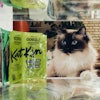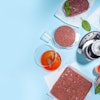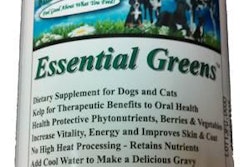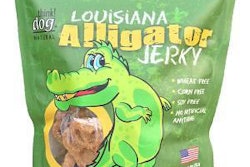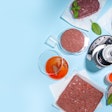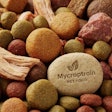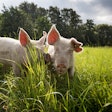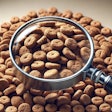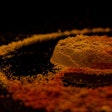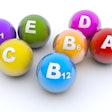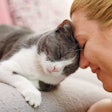Researchers tested whether urinary oxalate excretion occurs in cats by feeding diets containing low oxalate with high (Hhyp-Lox), moderate (Mhyp-Lox) and low hyp (Lhyp-Lox) concentrations, and low hyp with high oxalate (Lhyp-Hox) to eight adult, female cats in a 48-day study.
Cats were randomly allocated to one of four 12-day treatment periods and fed according to individual energy needs. Feces and urine were collected quantitatively using modified litter boxes during the final 5 days of each period. Feces were analyzed for oxalate and Ca, and urine for specific density, pH, oxalate, Ca, P, Mg, Na, K, ammonia, citrate, urate, sulphate and creatinine.
Increasing hyp intake resulted in increased urinary oxalate excretion. Increasing oxalate intake from 13 to 93 mg/100g DM did not affect urinary oxalate excretion, but resulted in an increase in fecal oxalate output and positive oxalate balance. The results indicate that the intestinal absorption of the supplemental oxalate, and thereby its contribution to urinary oxalate, was low. Relevant increases in endogenous urinary oxalate excretion were achieved by increasing dietary hyp intake.
The hyp-containing protein sources should be minimized in Ca ox urolith preventative diets until their effect on urinary oxalate excretion is tested. The oxalate content in a diet with moderate Ca content does not contribute to urinary oxalate content.
Source: J.C. Dijcker et al., 2013. The effect of dietary hydroxyproline and dietary oxalate on urinary oxalate excretion in cats. J Anim Sci online, December 2013. doi: 10.2527/jas.2012-6178.
